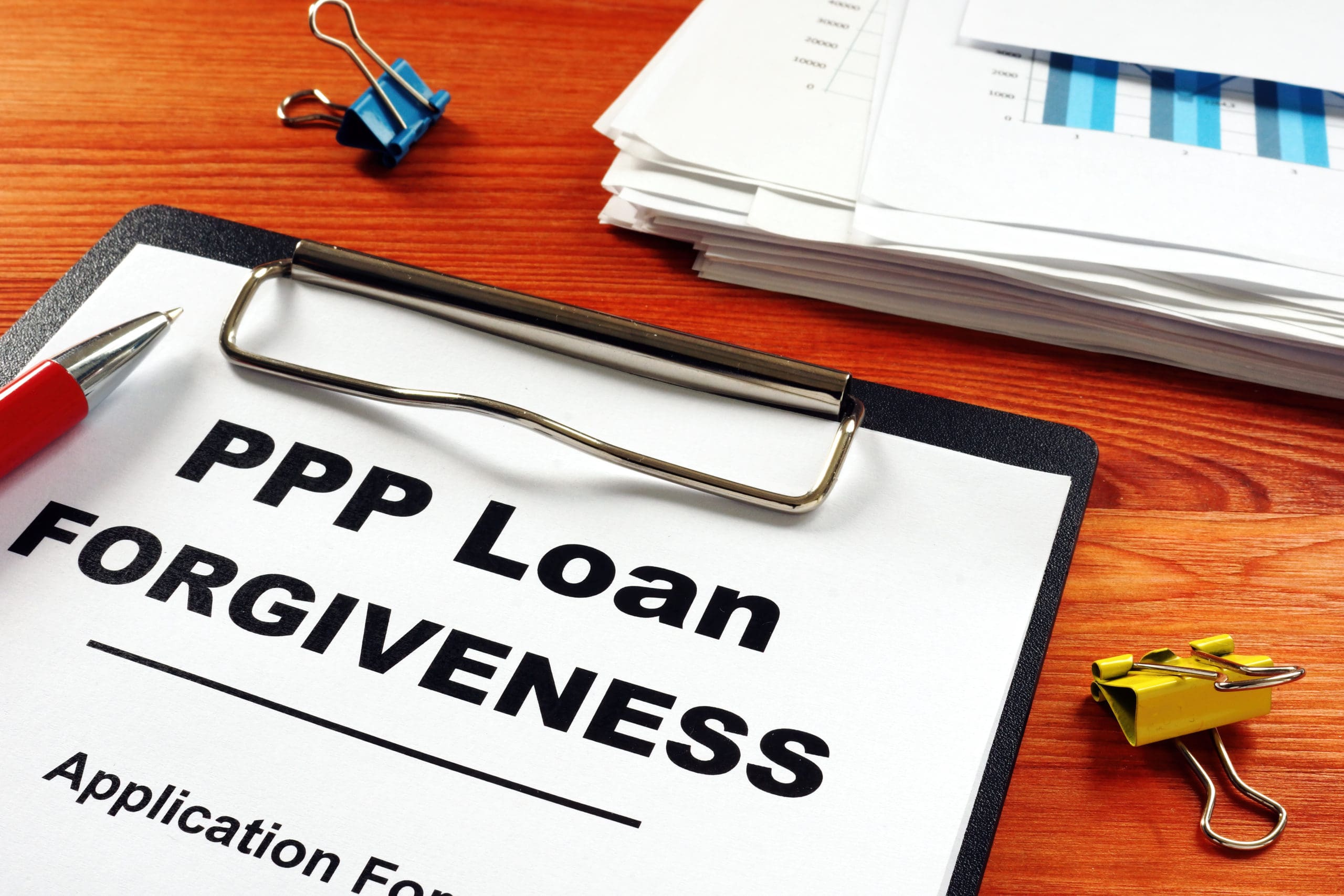
PPP Forgiveness Form Released by SBA
The Small Business Administration (SBA) has released its long-awaited Paycheck Protection Program (PPP) forgiveness form for borrowers. The release on May 15 brought significant changes to the interpretation of some components of forgiveness that were not previously known.
Clarity is still needed on many of the components of forgiveness. Changes were made to the following components of the program based on the release of the form.
Covered payroll periods – Until this release, the guidance indicated the covered payroll period began immediately after loan disbursement and lasted eight weeks. For those with payroll schedules that did not align with the disbursement and covered period, this generated many questions and concerns. However, this latest guidance indicates that the eight-week period may begin starting with the borrower’s first payroll following disbursement, not necessarily on the day of disbursement. This alternative period only covers payroll costs, not other allowable expenses, although adjustments do exist for other allowable expenses.
Incurred and/or paid expenses – The CARES Act originally indicated that, for costs to be covered under PPP, they would need to be incurred and paid during the eight-week period. The latest guidance, however, forgives costs that are incurred, but not paid, as long as they are paid on or before the regular billing date. This expansion applies to costs such as mortgage interest, rent, utilities, and payroll incurred during the loan period. Payroll costs incurred during the last payroll period but not paid during the covered or alternative periods (mentioned above) may be forgiven if those payroll costs are paid on or before the next regular payroll date.
Full-time equivalent (FTE) employee counts and wages – The guidance also included several clarifications to the FTE employee count and wage calculations necessary for forgiveness including:
- FTE calculation can be rounded to the nearest tenth – The formula to calculate an FTE is an average number of hours paid per week per employee / 40, rounded to the nearest tenth (differs from Affordable Care Act calculation).
- Wage reductions must be analyzed on a per employee annualized basis – Salary or hourly calculations should be done on an average annualized basis compared to the period of January 1, 2020, to March 31, 2020. If the average for the eight-week period is 25% less than the first quarter of 2020, loan forgiveness will be reduced, unless the reduction is restored at equal to or greater levels by June 30, 2020, then forgiveness will not be reduced.
- Safe harbor exists for borrowers who rehire lost employees by June 30, 2020, at the same level as of February 15, 2020. Forgiveness will not be reduced.
- Safe harbor exists for borrowers who made good faith written offer to rehire employees who then refused. Forgiveness will not be reduced.
- Safe harbor exists for borrowers who fired employees for cause, voluntarily resigned, or voluntarily requested and received a reduction in hours. Forgiveness will not be reduced.
We expect further guidance to be issued from the SBA on PPP forgiveness beyond the changes outlined above. Borrowers will be required to submit the information in the forgiveness form through their lender. The calculation of loan forgiveness amounts requires several tests. Each step requires significant detail and calculations with supporting documents with the application. Squire’s team of experts is ready with knowledge and tools to help make the loan forgiveness application easier for you. Contact us for assistance.